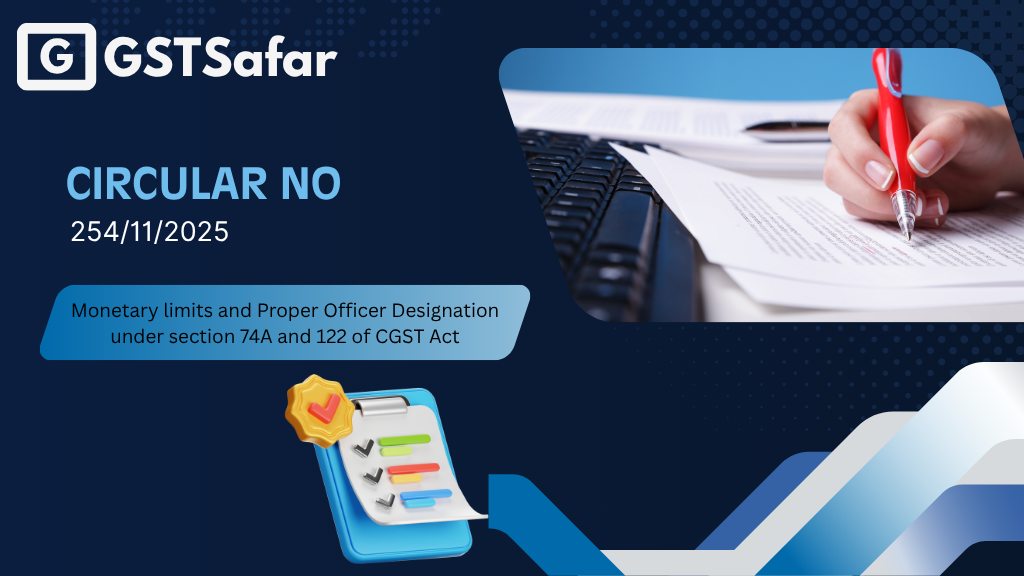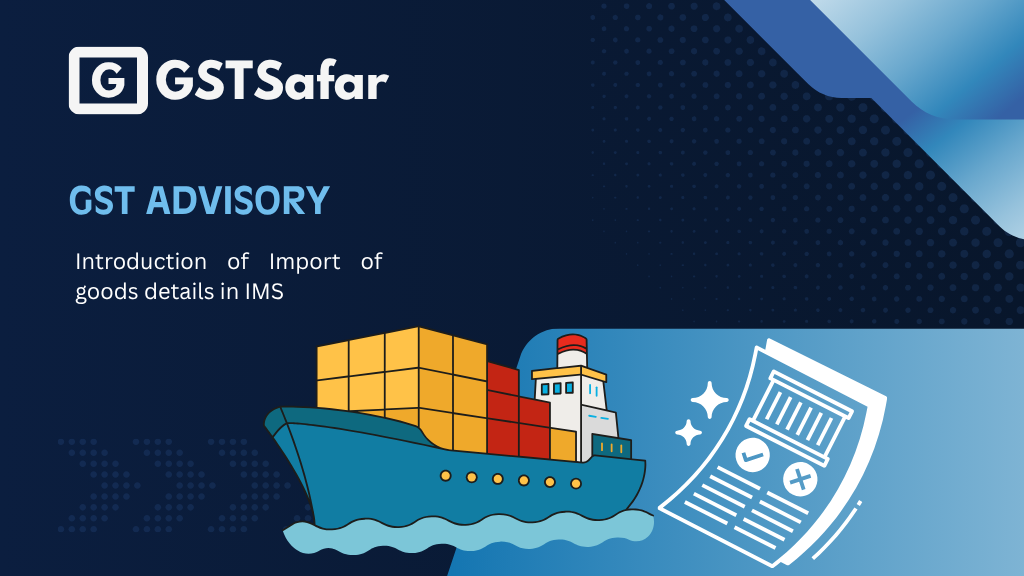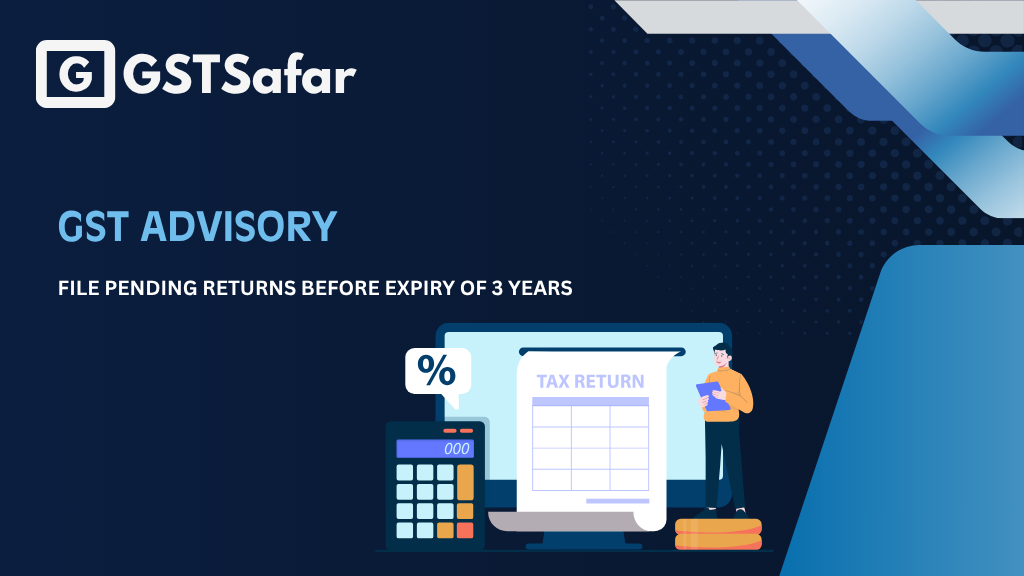Monetary limits and Proper Officer Designation under section 74A and 122 of CGST Act.
Circular No 254/11/2025 issued in relation to Monetary limits and Proper Officer Designation under section 74A and 122 of CGST Act. The Board has issued earlier circulars assigning “proper officers” to handle specific functions under the GST laws. However, it was noticed that for some provisions — namely Section 74A (determination of tax for FY 2024-25 onwards), Section 75(2) (cases where fraud is not established and the notice under Section 74 is to be treated as under Section 73), Section 122 (penalties for certain offences), and Rule 142(1A) (issuance of pre-show cause notice communication in Form DRC-01A) — no officers had yet been officially designated. Therefore, using its powers under the CGST and IGST Acts, the Board has now assigned specific officers as “proper officers” to carry out these functions as listed in a new table (Table-I) attached to the circular.
Table-I
| Sr No | Designation of the officer | Functions under Section of the Central Goods and Services Tax Act, 2017 or the rules made thereunder |
(1) | (2) | (3) |
| 1 | a. Additional or Joint Commissioner of Central Tax, | i. Sub-sections (1), (2), (3), (6), (7), (8), (9) and (10) of Section 74 A. ii. Section 122. iii.Rule 142(1A) of the CGST Rules, 2017. |
| b. Deputy or Assistant Commissioner of Central Tax, | ||
| c. Superintendent of Central Tax |
To ensure that the work of issuing show cause notices and passing orders under Section 74A and Section 122 of the CGST Act (and the corresponding provisions of the IGST Act) is properly distributed among officers, the Board has decided to fix monetary limits for different levels of Central Tax officers. Accordingly, using its legal powers under the CGST and IGST Acts, the Board has specified in a table (Table-II) which category of officer — such as Superintendent, Deputy Commissioner, Joint Commissioner, etc. — will handle cases up to certain monetary amounts for issuing notices and passing orders under these sections. This helps in clearly defining the authority and responsibility of officers based on the value of the case.
Table-II
Monetary Limit for issuance of show cause notices and passing orders under section 74A of CGST ACT
|
Sl. No. |
Officer of Central Tax |
Monetary limit of the amount of Central Tax (including cess) not paid or short paid or erroneously refunded or input tax credit of Central Tax wrongly availed or utilized for issuance of show cause notices and passing of orders under section 74A of CGST Act | Monetary limit of the amount of Integrated tax (including cess) not paid or short paid or erroneously refunded or input tax credit of Integrated tax wrongly availed or utilized for issuance of show cause notices and passing of orders under section 74A of CGST Act made applicable to matters in relation to integrated tax vide section 20 of the IGST Act | Monetary limit of the amount of Central Tax and Integrated tax (including cess) not paid or short paid or erroneously refunded or input tax credit of Central Tax and Integrated Tax wrongly availed or utilized for issuance of show cause notices and passing of orders under section 74A of CGST Act made applicable to Integrated tax vide section 20 of the IGST Act |
| (1) | (2) | (3) | (4) | (5) |
| 1. | Superintendent of Central Tax | Not exceeding Rupees 10 lakh | Not exceeding Rupees 20 lakh | Not exceeding Rupees 20 lakh |
| 2. | Deputy or Assistant Commissioner of Central Tax | Above Rupees 10 lakh and not exceeding Rupees 1 crore | Above Rupees 20 lakh and not exceeding Rupees 2 crore | Above Rupees 20 lakh and not exceeding Rupees 2 crore |
| 3. | Additional or Joint Commissioner of Central Tax | Above Rupees 1 crore without any limit | Above Rupees 2 crore without any limit | Above Rupees 2 crore without any limit |
If a show cause notice (SCN) issued under Section 73, 74, or 74A involves both Central Tax and Integrated Tax (including cess), the officer who will handle the case (the “proper officer”) will be decided based on the total combined amount of Central Tax and Integrated Tax together.Even if one component (say IGST) alone exceeds the limit, the combined total will be considered for deciding which officer is competent, as per the monetary limits given in Table-II.
After an SCN is issued for one period, if the department later finds more unpaid tax for another period, the officer can issue a statement under subsections (3) or (4) of Sections 73, 74, or 74A.
Here’s how it will work:
(a) The officer’s competency will depend on the highest total tax amount across all SCNs and statements combined.
(b) If the earlier SCN was issued within an officer’s limit, but the new statement increases the demand beyond his monetary limit, then a higher-ranked officer (as per Table-II) will handle the case.
In such cases, the earlier SCN and statements will be made answerable to that higher officer by issuing a corrigendum.
(c) If the total demand still falls within the same monetary limit, the same officer who issued the original SCN will also issue the statement and continue as the adjudicating authority.
(d) While determining the proper officer, only the tax amount will be considered — penalty amounts are excluded from the calculation.
(e) For cases where the Audit Commissionerate issued the SCN, the jurisdictional Commissionerate officer will make the subsequent statement answerable to the same adjudicating authority as mentioned in the earlier SCN.
If an Appellate Authority, Tribunal, or Court later decides that the SCN issued under Section 74(1) (fraud/suppression case) was not valid, then the tax must be re-determined as if the SCN was issued under Section 73(1) (non-fraud case). In such cases, the same adjudicating officer who handled the original SCN will also handle this fresh determination under Section 73.
Finally, using the same legal powers under the CGST and IGST Acts, the Board has also defined which level of officers (shown in Table-III) will be responsible for issuing show cause notices and passing orders under Section 122 of the CGST Act (penalties for offences), based on the monetary limits of each officer’s jurisdiction. This ensures clear distribution of responsibility and prevents overlap in penalty cases.
Table-III
Monetary limit for issuance of show cause notices and passing order under section 122 of CGST Act
| Sl. No. | Officer of Central Tax | Monetary limit of the amount of penalty in relation to the Central Tax for issuance of show cause notices involving only penalty and passing of orders under section 122 of CGST Act | Monetary limit of the amount of penalty in relation to the Integrated Tax for issuance of show cause notices involving only penalty and passing of orders under section 122 of CGST Act made applicable to matters in relation to Integrated Tax vide section 20 of the IGST Act | Monetary limit of the amount of penalty in relation to the Central Tax and Integrated Tax for issuance of show cause notices involving only penalty and passing of orders under section 122 of CGST Act made applicable to matters in relation to Integrated Tax vide section 20 of the IGST Act |
| (1) | (2) | (3) | (4) | (5) |
| 1. | Superintendent of Central Tax | Not exceeding Rupees 10 lakh | Not exceeding Rupees 20 lakh | Not exceeding Rupees 20 lakh |
| 2. | Deputy or Assistant Commissioner of Central Tax | Above Rupees 10 lakh and not exceeding Rupees 1 crore | Above Rupees 20 lakh and not exceeding Rupees 2 crore | Above Rupees 20 lakh and not exceeding Rupees 2 crores |
| 3. | Additional or Joint Commissioner of Central Tax | Above Rupees 1 crore without any limit | Above Rupees 2 crore without any limit | Above Rupees 2 crore without any limit |
If a show cause notice under Section 122 of the CGST Act involves a penalty related to both Central Tax and Integrated Tax, the officer responsible (the “proper officer”) will be decided based on the total combined penalty amount for both taxes together. It doesn’t matter if the penalty amount for either Central Tax or Integrated Tax alone exceeds the individual limit — only the total combined amount will determine which officer can handle the case, as per the monetary limits given in Table-III.
Finally, all GST field formations have been asked to issue trade notices to inform taxpayers and the general public about the contents of this circular.
https://taxinformation.cbic.gov.in/view-pdf/1003295/ENG/Circulars









